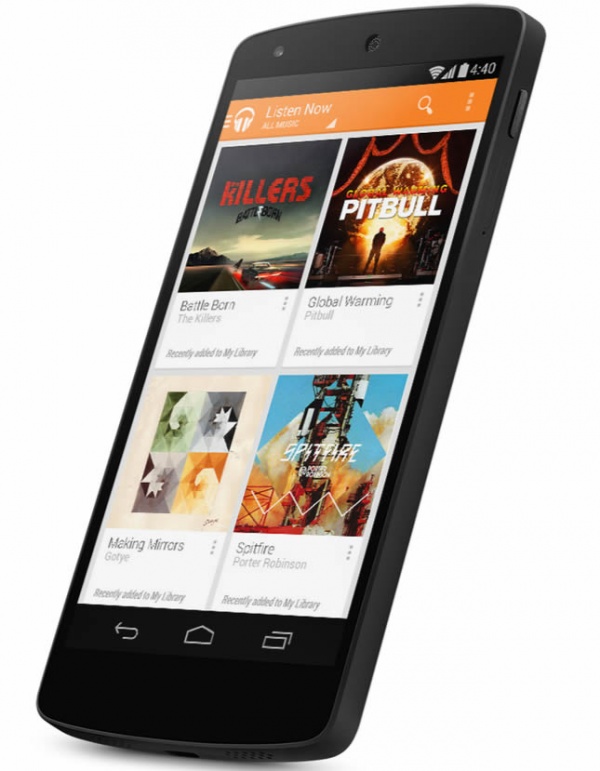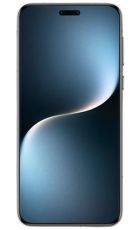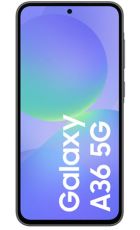We’ve all been looking forward to having a break with the Android KitKat operating system – and it’s taken a while, but at last here comes the Google Nexus 5, which gives us the first chance to try out the much anticipated OS. But has the device, produced by LG, got enough on offer to persuade us to buy? Let’s find out…
Where’s the wow factor?
The point of the Nexus devices is to show off the new Android incarnations, so we know not to expect anything too exciting when it comes to design – although we do still remember the sparkling back panel of the last model. What we’re saying here is that the likes of Sony, HTC and Apple are not going to be concerned that the Nexus devices will outshine their glass and metal handsets in the design stakes.
A first glance confirms that the Nexus 5 is not a standout device when it comes to looks. It’s pretty pedestrian in shape and has a black plastic chassis that sure isn’t going to make it stand out from the crowd. But wait a minute – get a little closer and you can see that this is actually a quality product. The five-inch IPS screen stretches almost from edge to edge. LG really has made the best use of the available space on the front of the handset. A very slender bezel surrounds the screen.
Turn the Nexus 5 over and on the back you’ll see a rubberised back, with an embossed ‘Nexus’ branding and a small LG logo underneath. The only other things on the back are the mounting for the eight-megapixel snapper, and a small LED flash. The camera does stick out, which spoils its minimalist lines somewhat.
The power button and volume rocker are positioned along the edge. Both are made from a ceramic material, which gives a feeling of quality. It’s odd that LG decided to put the speaker grilles on the bottom edge of the device, though, which means that your sound quality can be compromised if you hold it in the wrong way.
LG has managed to squeeze in plenty of top-end tech without making the device too weighty – it weighs in at only 130g and measures 138 x 69mm.
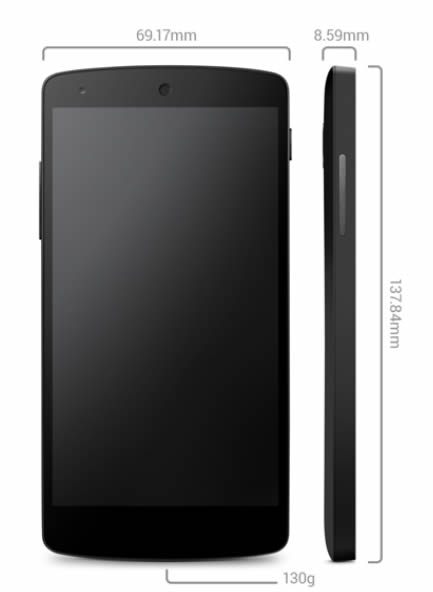
Big screen
The display measures five inches, as we said, and has a resolution of 1920 x 1080. The HD screen is coated in Gorilla Glass for extra protection. And with a ppi of 445 (better than that on the Nexus 4), the display really impresses – games and video really show off how good it is.
Images appear sharp and well defined, while colour saturation is perfect. The IPS technology used here has had some criticisms, especially when it comes to viewing angles, but we had no issues whatsoever. Websites with plenty of text look sharp and so do app icons. However, it is when you see moving images that you really appreciate the screen’s quality – Netflix and Angry Birds Star Wars both looked wonderful, showing up every detail.
Snappy new Android
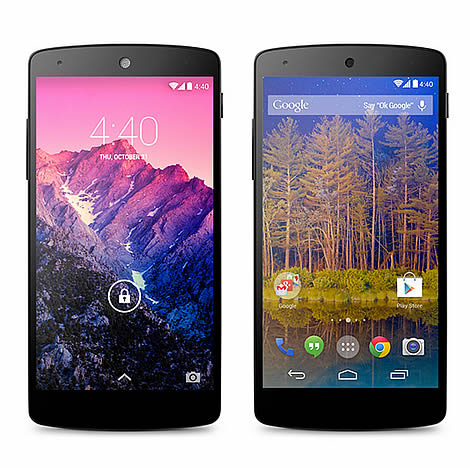
Despite the fact that we’ve waited in anticipation for it, Android KitKat has not shaped up to be the hugely different operating system we were expecting. Rather, Google has taken some of the features from the last version and improved on them, while increasing Google-powered functionality and making a big deal of search.
There’s a new search bar that is ever present – wherever you are you’ll see the ‘omnibox’ awaiting you. Voice recognition has been tweaked too – just say ‘ok google’ when you’re on the homescreen and it will leap into action. Search has been intertwined with the dialer too, so if you start typing in a business or company name, you’ll get results coming up, even if they are not a contact.
To look at, Android KitKat doesn’t seem that much different to the previous version. There are a few neat transitions that have been introduced – many of them remind us somewhat of HTC Sense 5.0. No more is the ‘Holo’ theme from Jelly Bean – instead there’s a more white-themed, cleaner interpretation. Google Now has also been transformed. The app icons have grown in size and seem cleaner too.
You’ll also see the KitKat influence elsewhere in the menus – the Hangouts app now includes SMS messaging and the cloud integration now offers support for a number of services besides Gooogle Drive.
If you want to edit photos there are some new options and the Gallery app now includes a choice of post-shot filters. Even the virtual keyboard has been updated to include ‘space-aware gesture typing – which isn’t quite at the level of Swype functionality but does mean you can add a space by dragging your digit to the spacebar – and updated long-press menus.
All of these are improvements – but just don’t expect a whole new operating system.
Squeezing the juice
According to the manufacturer you can get 17 hours of talktime out of the Nexus 5 – we imagine this means you’re not using it for anything else though. However, battery life is impressive in general use. We even managed to head into a second day without having to recharge – and that was having done some video shooting and playback, and spending a couple of hours tweeting, emailing and playing a few games. Okay if you’re playing games a lot or downloading movies, it’s not going to stand up so well but it’s unusual to see a device that doesn’t need charging at the end of the day.
What a picture
For taking pictures you have an 8MP snapper with a 1.3MP front-facing lens for selfies and video calls. It’s not up there with the cameras on the likes of Samsung, HTC and Nokia flagship devices and actually doesn’t always produce the goods. For example, exposure is not great if you’re taking snaps in less than perfect lighting conditions – especially if you’re indoors. These images can suffer from a lot of noise – and some of our pictures just looked washed out.
The camera apps has been updated thanks to KitKat, and it offers a more minimal approach to the onscreen choices – all you’ll find on the viewfinder are shoot modes and touch to focus. Otherwise you need to long press on the display to bring up your other options. To zoom in you have to use pinch and zoom, as you would when zooming in on a web site and that’s tricky when you’re holding the handset with one hand.
Compensating for the mediocre performance is HDR+ mode, which takes a group of images, and brings the best of each together to form one virtually perfect image. Photo Sphere takes a series of images and lets you join them together to make a spherical image – rather like the StreetView cars from Google do. However, we tried it and just got a grey blob so we weren’t terribly impressed.
Our conclusion
Google and LG have got together to produce the Google Nexus 5 – and have come up with a competent handset, which lacks the wow factor. It does a good job of showing off Android KitKat although the OS itself feels more like an upgrade than a really new system – although the improved search integration is welcome.
With incredibly fast performance, thanks to its 2.3GHz Qualcomm Snapdragon 800 processor, (and if you ignore the mediocre camera performance) the Nexus 5 is probably the best Android handset on offer in this price range.


